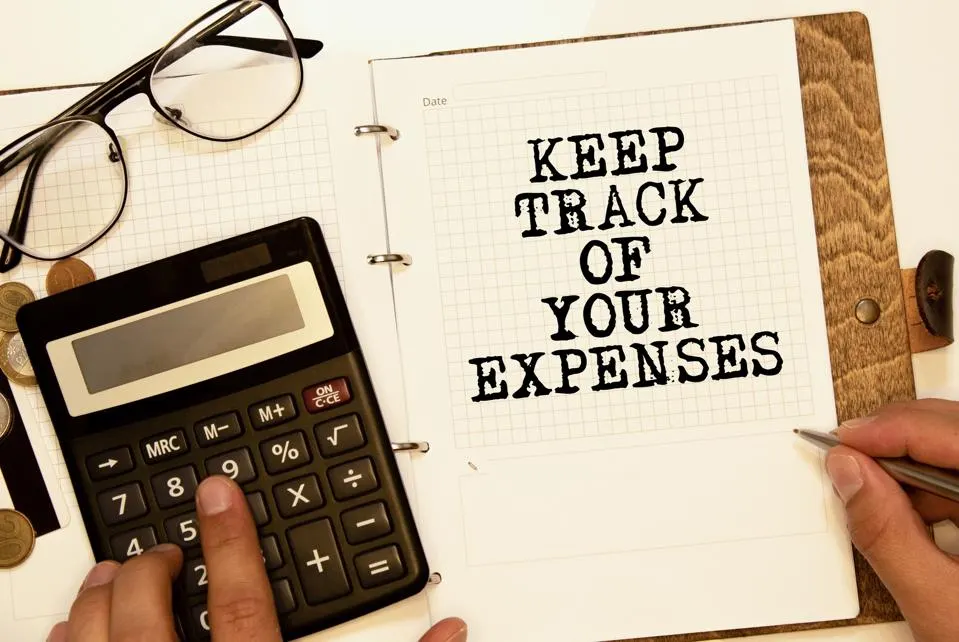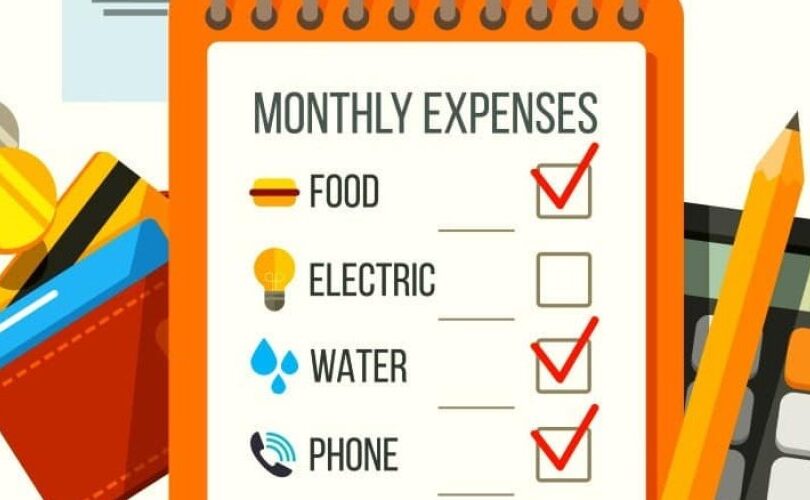When you start tracking your expenses each month, you can separate your spending into three categories: needs, wants and savings.

Tracking your expenses on a regular basis can give you an accurate picture of where your money is going — and where you’d like it to go instead.
Then, by using a budget, you can accurately account for all the bills you need to pay going forward. But before you start plugging numbers into a spreadsheet or app, take a minute to list out each of your expenses.
Here’s how to get started tracking your expenses.
1. Check your account statements
Pinpoint your money habits by taking inventory of all of your accounts, including your checking account and all credit cards you have. Looking at your accounts will help you identify your spending patterns.
Your spending will consist of both fixed expenses and variable expenses. Fixed expenses are less likely to change from month to month. They include mortgage or rent, utilities, insurance and debt payments. You’ll have more room to adjust variable expenses like food, clothing and travel.
2. Categorize your expenses
Begin by grouping your expenses into different categories. Categorizing your expenses will help you not only track how much you’re spending, but also see where your money is going.
Some personal finance websites and credit cards automatically tag your purchases in categories like “department store” or “automotive” to help you identify themes. You might find that those impulse buys at Target are costing you a lot. Or maybe you’ll realize you’re paying for recurring subscription services like Spotify or Babbel.
Another way to categorize your expenses is by breaking them down into needs, wants and savings/debts. This way of categorizing and tracking your expenses is known as the 50/30/20 budget, which you’ll learn more about in the next step.
3. Look for ways to lower your expenses
As you track, be ready to make adjustments. Lowering the big fixed expenses in your life, like the cost of housing, vehicles and utilities, can make a significant impact on your budget.
Beyond that, check out additional ways to save money that can give you some breathing room.
4. Find ways to make more money
If you’ve exhausted your options for lowering expenses, you can try to make money to add more cash into your budgeting equation. You could take on a side gig, sell stuff online or explore money-making apps.





